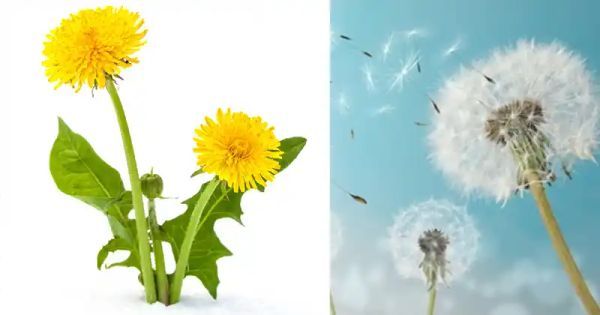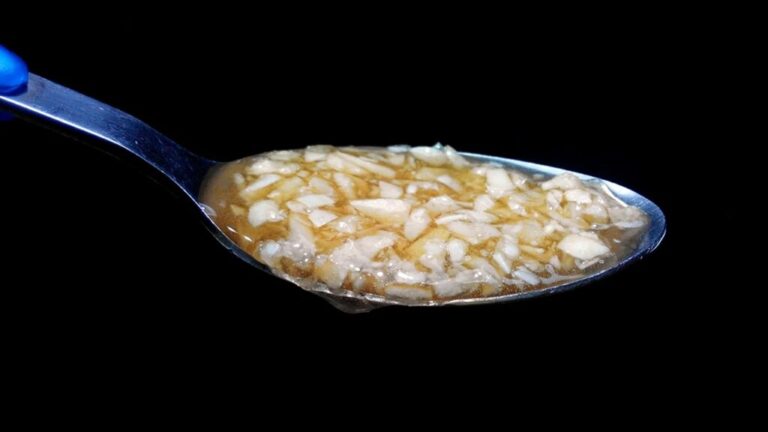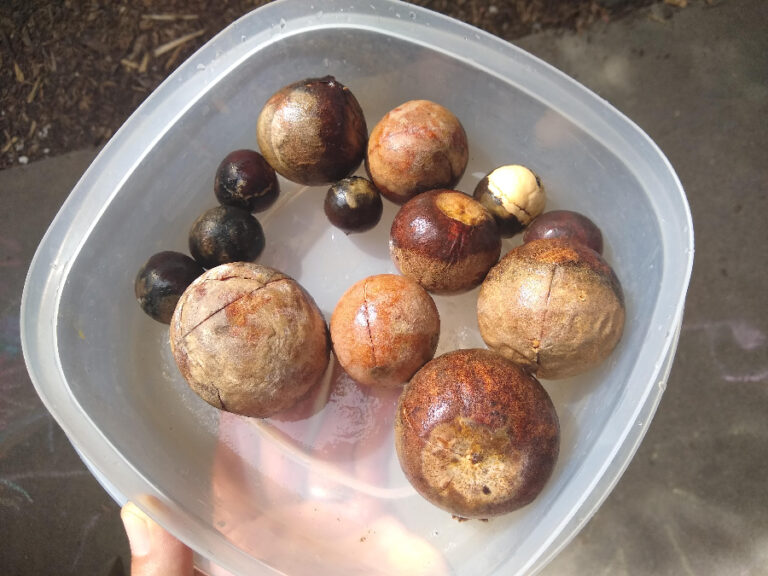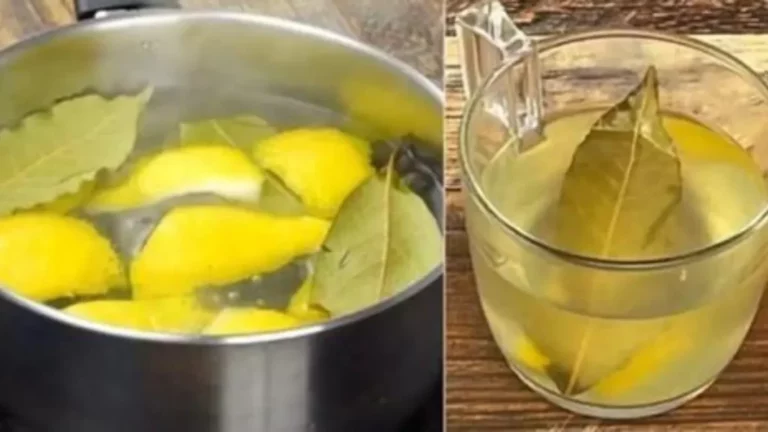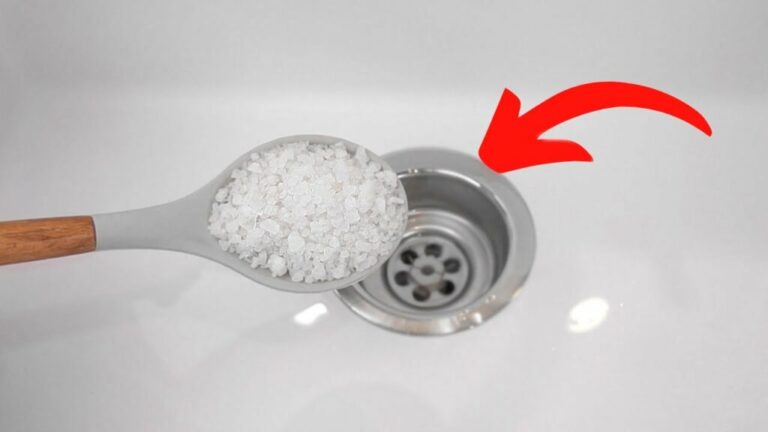Have you ever realized that a common weed could actually provide numerous amazing health benefits? The dandelion, often ignored and underestimated, is actually a powerhouse of nutrients with medicinal properties. Every part of this resilient plant, from its roots to its vibrant yellow flowers, offers something valuable. Used in traditional medicine for centuries, the dandelion is a true superfood that is gradually making a comeback in modern wellness. Let’s discover 30 incredible benefits of the dandelion and learn how easily we can incorporate it into our daily lives.
1. Rich in Antioxidants (Leaves & Flowers)
Dandelions are packed with antioxidants that combat free radicals, promoting cell health and slowing down the aging process.
2. Boosts Immune System (Root)
The dandelion root supports immune function by helping the body fight infections and keeping the immune system strong.
3. Promotes Digestive Health (Root & Leaves)
Both the root and leaves of the dandelion stimulate the production of bile and digestive juices, improving digestion and reducing bloating.
4. Detoxifies the Liver (Root)
Dandelion root acts as a natural liver cleanser, flushing out toxins and promoting proper liver function.
5. Diuretic Properties (Leaves)
Dandelion leaves act as a natural diuretic, helping to flush out excess water and reduce bloating.
6. Regulates Blood Sugar (Root)
Studies suggest that dandelion root can help manage blood sugar levels, which can be beneficial for those with diabetes.
7. Supports Kidney Health (Leaves)
Due to their diuretic nature, dandelion leaves assist in maintaining kidney health by promoting the elimination of waste and reducing the risk of kidney stones.
8. Promotes Weight Loss (Leaves & Root)
By aiding in the elimination of excess water and improving digestion, dandelion can support healthy weight loss efforts.
9. Rich in Vitamins (Flowers & Leaves)
Dandelions are packed with vitamins A, C, and K, which are essential for skin health, vision, and bone strength.
10. Improves Skin Health (Flowers)
The flowers can be used to make soothing skin balms and oils, reducing inflammation and preventing acne breakouts.
11. Enhances Bone Health (Leaves & Root)
Dandelion is rich in calcium, a crucial mineral for maintaining strong bones.
12. Prevents Urinary Tract Infections (Leaves)
The diuretic effect of dandelion helps prevent urinary tract infections by flushing out bacteria from the urinary system.
13. Anti-inflammatory Properties (Root & Flowers)
Dandelion contains natural anti-inflammatory compounds that can help reduce swelling and alleviate pain in the body.
14. Fights Anemia (Leaves & Root)
Being high in iron, dandelions can help increase red blood cell production, making them useful in combating anemia.
15. Balances Hormones (Root)
Dandelion root can help balance hormones, especially in women dealing with menstrual or menopausal symptoms.
16. Supports Healthy Hair Growth (Leaves & Root)
Rich in vitamins and minerals, using dandelion leaves and root infusions as hair rinses can nourish the scalp and promote healthy hair growth.
17. Improves Eye Health (Flowers & Leaves)
The vitamin A found in dandelion flowers and leaves can support good vision and protect against macular degeneration.
18. Aids in Gallbladder Health (Root)
The root of the dandelion can help detoxify the gallbladder, supporting its function and reducing the risk of stones.
19. Boosts Energy Levels (Root & Leaves)
Regular consumption of dandelion can lead to increased energy due to its high vitamin and mineral content.
20. Supports Heart Health (Leaves & Flowers)
Dandelions are rich in potassium, which helps regulate blood pressure and promotes cardiovascular health.
21. Reduces Cholesterol (Root)
Dandelion root has been shown to help lower bad cholesterol levels and increase good cholesterol.
22. Fights Cancer (Root)
Some studies suggest that dandelion root extract has potential anti-cancer properties, particularly in preventing the growth of certain cancer cells.
23. Anti-aging (Flowers & Leaves)
The antioxidants in dandelions help combat signs of aging by protecting skin cells from damage.
24. Treats Eczema and Psoriasis (Flowers & Leaves)
Topical applications of dandelion infusions can soothe skin conditions like eczema and psoriasis.
25. Reduces Inflammation in Joints (Root)
Dandelion root’s anti-inflammatory properties make it useful in alleviating symptoms of arthritis and joint pain.
26. Promotes Healthy Teeth (Leaves)
Dandelion leaves are rich in calcium, helping to maintain healthy teeth and gums.
27. Improves Cognitive Function (Leaves & Root)
Dandelions contain nutrients that support brain health, improving memory and concentration.
28. Supports Healthy Metabolism (Root)
Dandelion root aids in breaking down fats and sugars, supporting a healthy metabolism.
29. Combats Bacterial Infections (Flowers & Leaves)
The antibacterial properties of dandelion help in fighting off infections both internally and externally.
30. Prevents Gallstones (Root)
By stimulating bile production, dandelion root helps prevent the formation of gallstones.
Here are simple ways to include dandelion into your daily routine:
- Leaves: Enjoy them raw in salads or sautéed as a side dish. They can also be dried and used in teas.
- Flowers: Use them to make dandelion tea, wines, or infused oils for skincare.
- Roots: Dry and roast them to make dandelion coffee or use them in herbal tinctures for medicinal purposes.
While dandelion is generally safe for most people, it’s always a good idea to consult with a healthcare professional if you have ragweed allergies or if you are taking diuretics, blood thinners, or medication for diabetes. Additionally, individuals with gallbladder issues or bile duct obstructions should avoid using dandelion without medical advice.
Dandelion is far more than just a weed. It’s a nutrient-dense plant that offers an incredible range of health benefits. Whether consumed in a salad, brewed as tea, or applied as a skin balm, dandelion deserves a place in every household for its versatility and natural healing properties. Take the time to explore how this humble plant can enhance your health and well-being.
